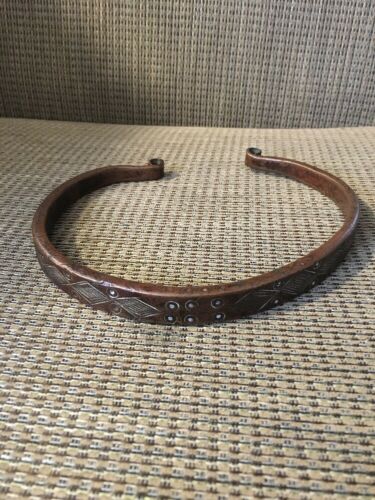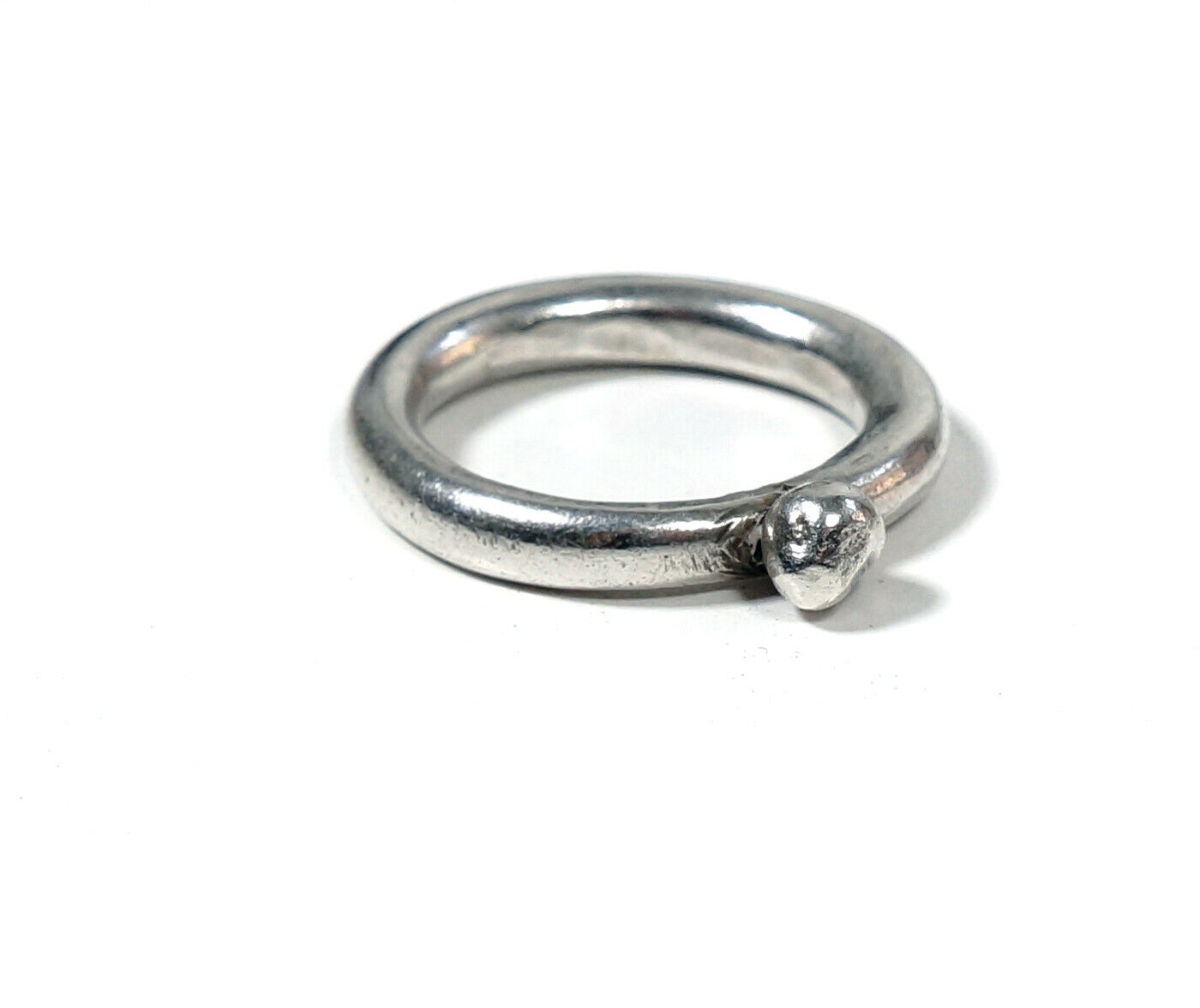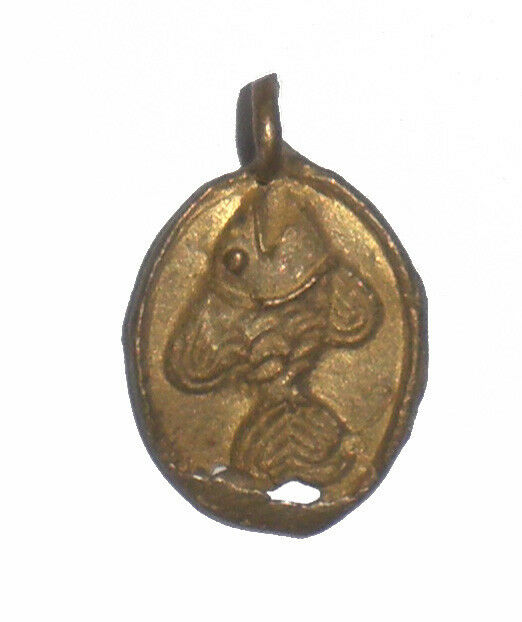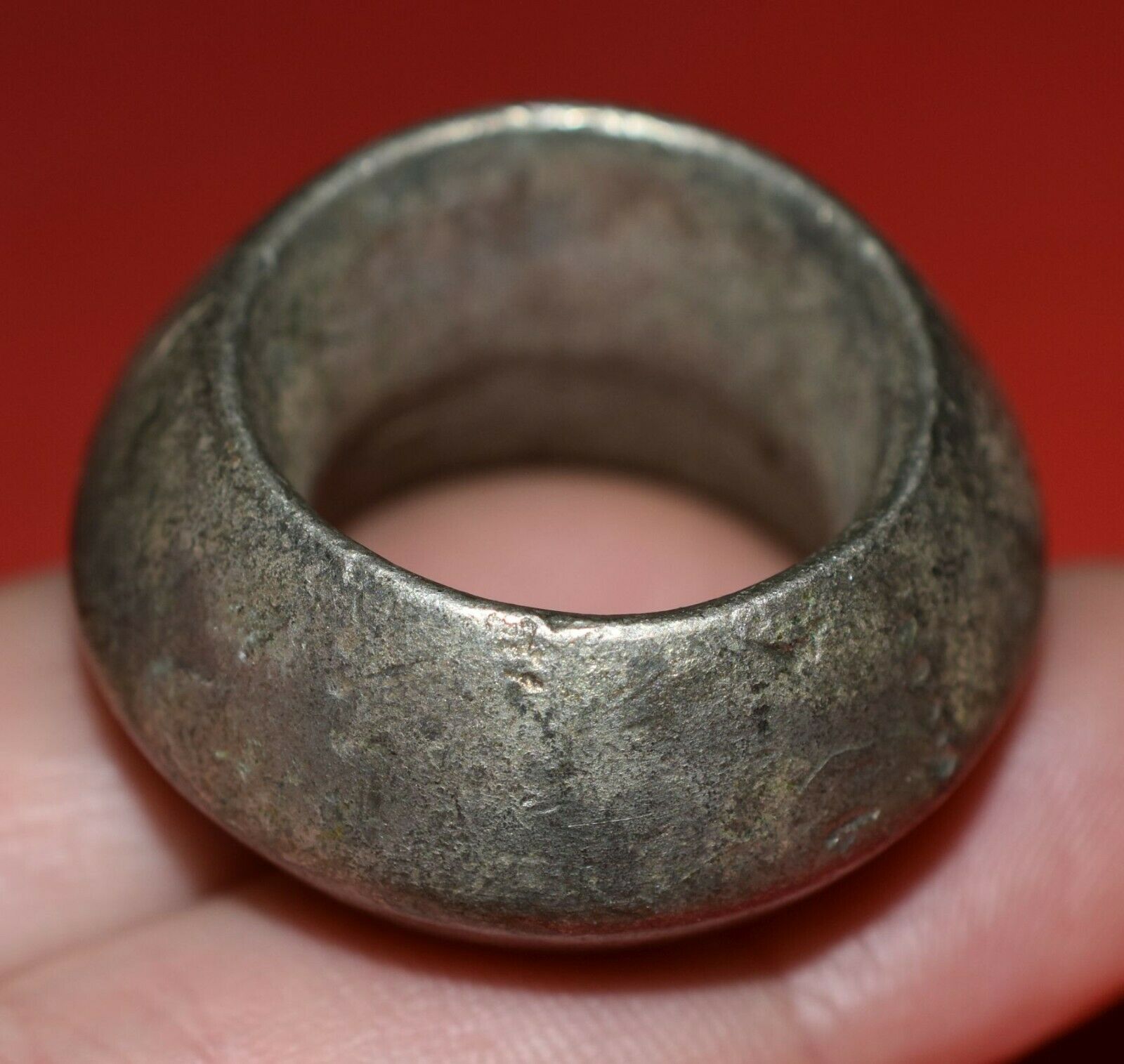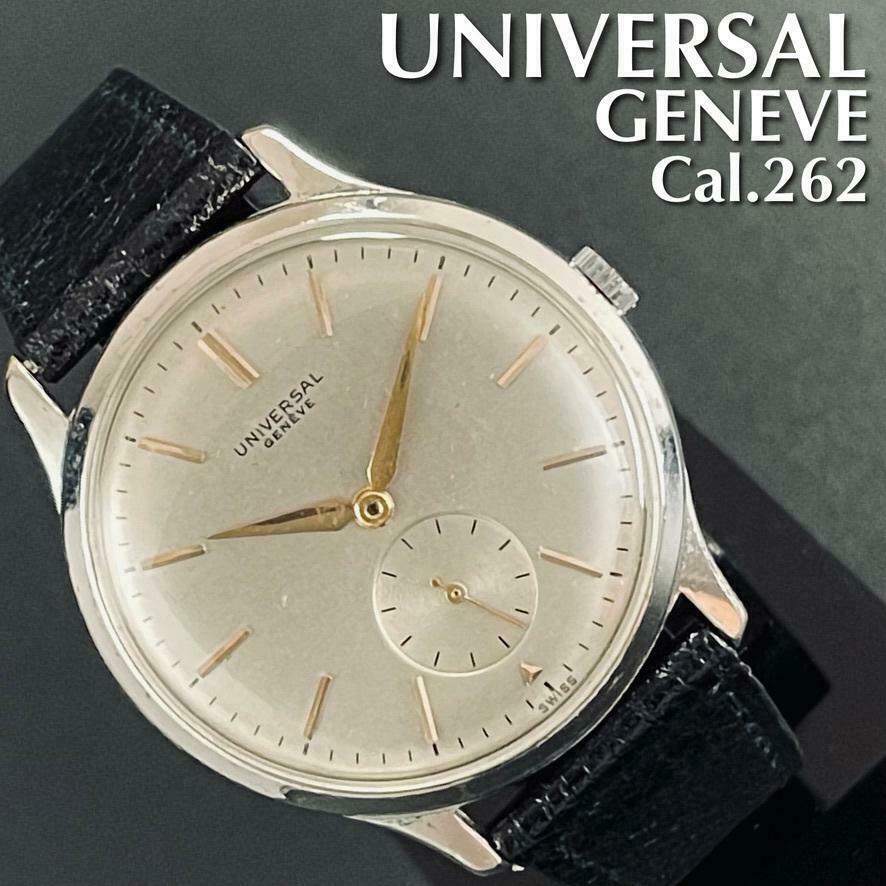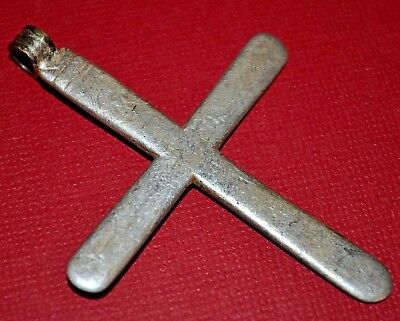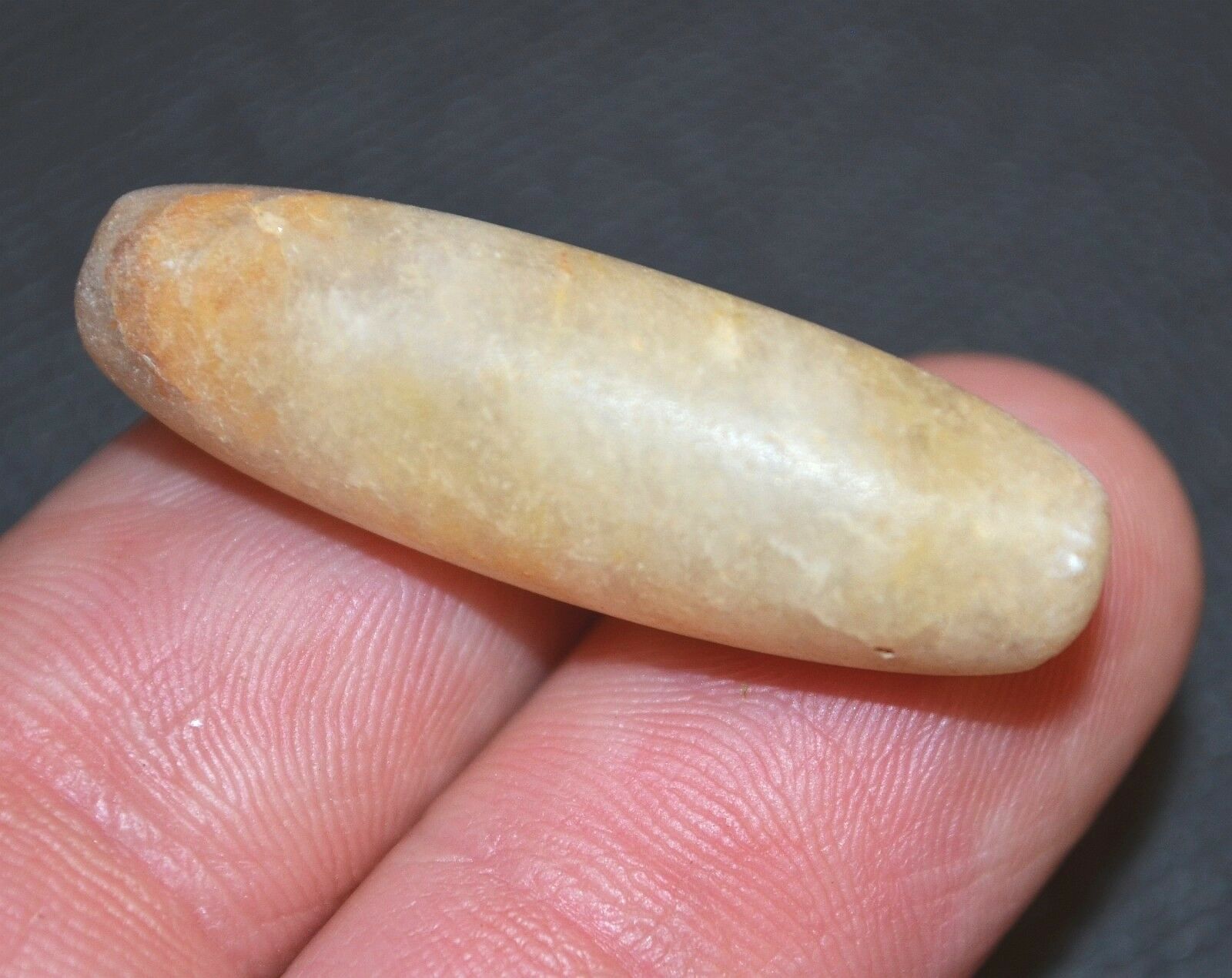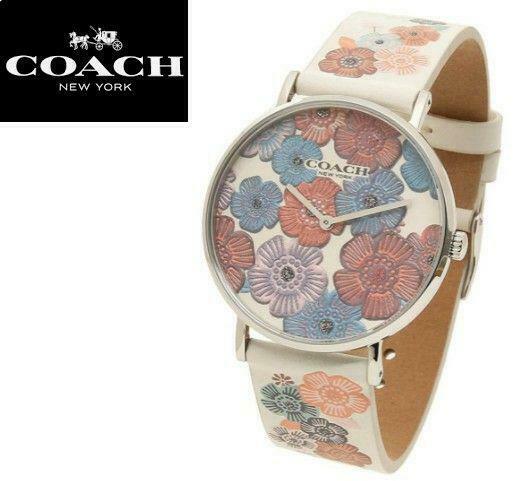-40%
Jewelry Ethiopian Antique Copper Dowry Currency Neck Ring Torque Collar Tribal
$ 134.63
- Description
- Size Guide
Description
Ethiopian Antique Copper Dowry Currency Neck Ring Torque 2Late 19th to early 20th Century Copper Ornate Neck Ring/ Torque used by the Oromo People of Ethiopia. The outer surface is covered with decoration and a beautiful patina of age.
Neck Ring/ Torque measures approx 6 3/4" by 6 " inches in width. The depth is 5/8".
Copper was historically considered the "Red Gold" of Africa. While significant mines and copper resources were traditionally dominated by Zambia, South Africa and Katanga Province in the south of Zaire, Copper had been highly valued and traded across the Sahara and East Africa. In many cultures, Brass, which was significantly cheaper and easier to cast, was preferred to Copper. This fact contributed also to the high value placed on Copper objects, Currency Forms and Dowry and Prestige Wealth.
Small Metal Currency Forms were among the first true currency known in West Africa, being used for Bride Price, payment of fines, compensation of Diviners, and for the needs of the Next World as Burial Money. Cowrie shells were used for small purchases. In regions outside coastal west Africa and the Niger River, other variety of other currencies, such as bracelets, anklets and torques of complex design, iron units often derived from tools and weapons, copper rods, themselves often bent into bracelets, and the well-known Handa (Katanga cross) all served as special-purpose monies to trade and store wealth, as well as exhibiting the owner's wealth, prestige and power.
Large and Complex Metal Currency Objects used in traditional Africa cultures were used to trade and store wealth. These pieces might be used for major purchases (of land or animals) or to signify a transfer of wealth at major events, such as Birth, Coming of Age, Marriage, or Death. The most frequent use was as Bridewealth, to compensate a family for the loss of a daughter.
